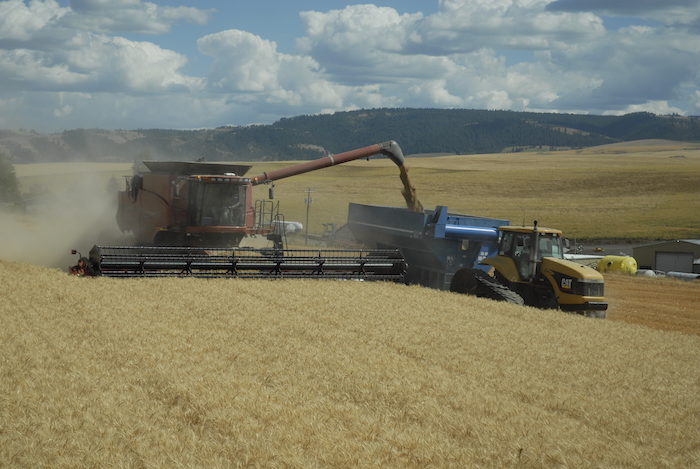No-Till Farmer
Get full access NOW to the most comprehensive, powerful and easy-to-use online resource for no-tillage practices. Just one good idea will pay for your subscription hundreds of times over.

The following article is based on Dick Wittman's presentation at the 2019 National No-Tillage Conference. To listen to the presentation, click here.
Consider this hypothetical: A farmer runs a series of semi tractor-trailers through a port of entry and knows that if the semis are overloaded, he’ll be fined. So to avoid the fines, the farmer underloads just a bit because he or she doesn’t know how heavy each truckload is.
At the end of the season, the farmer analyzes all the tickets and sees the trucks were, on average, under by 40 bushels. Barring the small amount of additional fuel it would’ve required if the trucks had been full, it wouldn’t have cost him any more to get those 40 bushels per load to town.
According to farm business consultant Dick Wittman, 40 bushels may not seem like a lot, but over the course of a harvest, it could represent thousands of dollars wasted through inefficiency. Applying the concept of process improvement can help farmers eliminate this sort of waste, streamline operations and add to the bottom line, says the longtime Lewiston, Idaho no-tiller. In this case, a $5,000 investment in a scale on the grain cart saw a pay back period of only a half of a normal harvest.
So what is process improvement? According to Wittman, it’s “identifying jobs that are repetitive, documenting how they’re supposed to be performed with a standard operating procedure (SOP) or a good practice, and evaluating how to do it better.
…